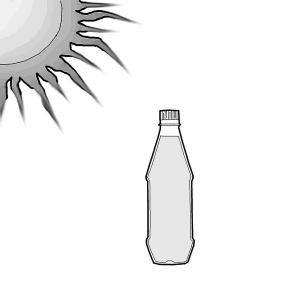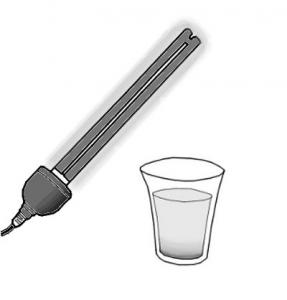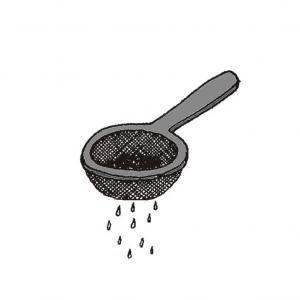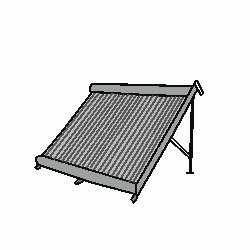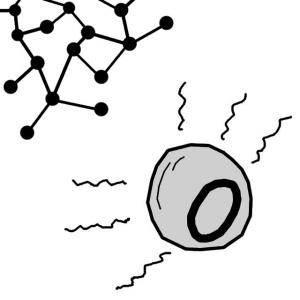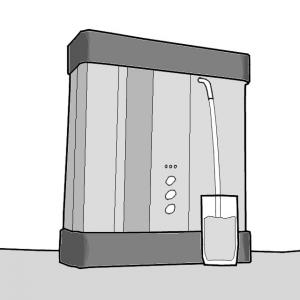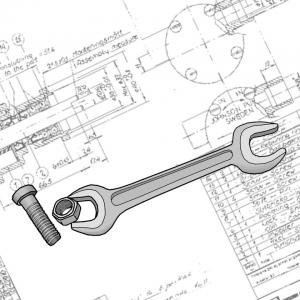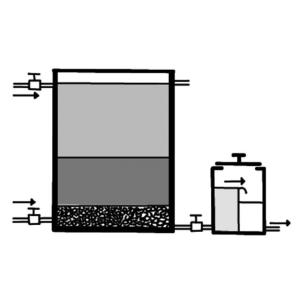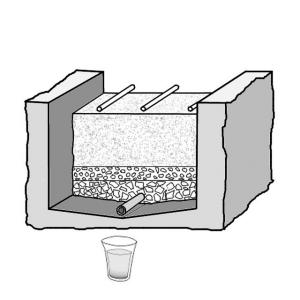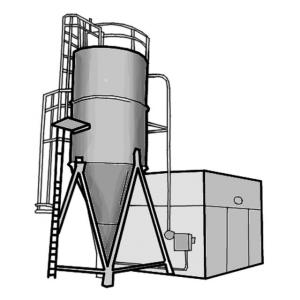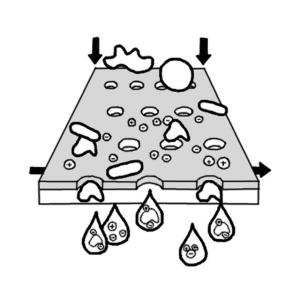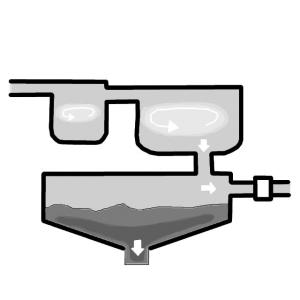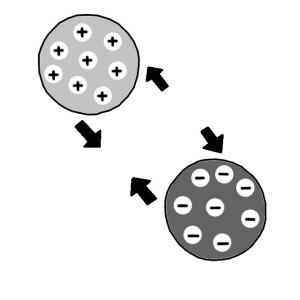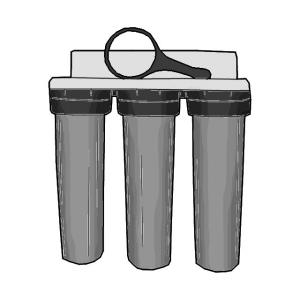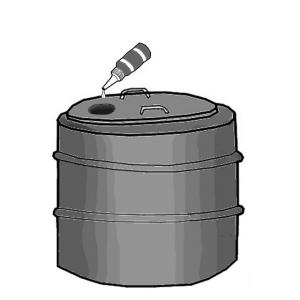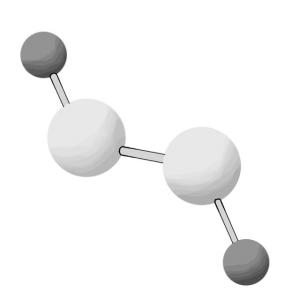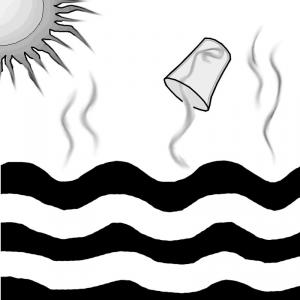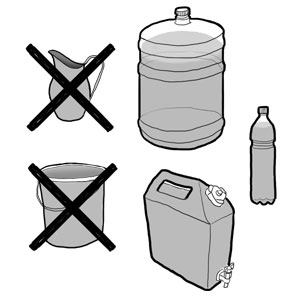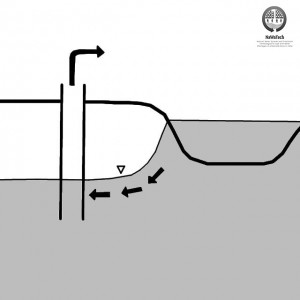When microbially polluted water is exposed to solar light in transparent PET bottles, bacteria, virus and some parasites are inactivated by the solar…
The bactericidal effect of concentrated ultraviolet (UV) light is used in many areas and in many set-ups. For drinking water treatment, simple,…
Chlorination, which means adding active chlorine (sodium hypochlorite) to water, is the most common method used for disinfecting of drinking water.…
The biosand filter (BSF) is a simple household water treatment device, which is an innovation on traditional slow sand filters specifically designed…
Water disinfection by chlorination was massively introduced in the early twentieth century. It set off a technological revolution in water treatment…
Colloidal Silver Filters (CSF) are simple household water treatment devices based on a physical treatment, which does not require energy supply. CSFs…
Household Water Treatment and Safe Storage (HWTS)
Lack of improved access to safe drinking water together inadequate sanitation and hygiene are the overwhelming contributors to the 1.8 million annual…
Boiling drinking water with fuel is the oldest and most commonly practiced household water treatment method. According to WHO, water needs to be…
Ceramic candle filters are simple devices made out of clay and used to filter drinking water in order to removes turbidity, suspended materials and…
Sedimentation is recommended as simple pre-treatment of water prior to application of other purification treatments such as filtration and…
Straining is a very simple method of filtration. In this process, water is poured through a piece of cloth, which removes some of the suspended silt…
Contrary to belief, it is not necessary to boil certain water to make it safe to drink. Heating water to 65°C (149°F) for 6 minutes, or to a higher…
In many parts of the world, water is not safe enough to drink. There are basic qualitative observations that quickly determine if water is not safe…
Advanced Oxidation Processes
Hazardous organic waste, widely spread in water by industrial, military and domestic sources, is an emerging issue. Advanced Oxidation Processes (…
Advanced point-of-use filter systems of various designs, costs and effectiveness are today readily available all over the world. While these systems…
Centralised drinking water treatment plants treat large amounts of water from many households in one single spot and consequently most often require…
Slow sand filtration is a type of centralised or semi-centralised water purification system. A well-designed and properly maintained slow sand filter…
Rapid sand filtration is a purely physical drinking water purification method. Rapid sand filters (RSF) provide rapid and efficient removal of…
Sedimentation (centralised)
Sedimentation is a simple, physical pre-treatment of water prior to application of other purification treatments such as filtration and disinfection…
Adsorption (Activated Carbon)
Activated carbon filtration is a commonly used technology based on the adsorption of contaminants onto the surface of a filter. This method is…
Membranes are thin and porous sheets of material able to separate contaminants from water when a driving force is applied. Once considered a viable…
Coagulation-flocculation is a chemical water treatment technique typically applied prior to sedimentation and filtration (e.g. rapid sand filtration…
Ion exchange is a water treatment method where one or more undesirable ionic contaminants are removed from water by exchange with another non-…
Chlorination (centralised)
As an effective yet inexpensive disinfectant, chlorination is the most commonly used disinfection method in drinking water treatment plants all over…
Ozonation (also referred to as ozonisation) is a chemical water treatment technique based on the infusion of ozone into water. Ozone is a gas…
Hydrogen peroxide (H2O2), a colourless water-like liquid, is one of the most versatile, reliable and environmentally friendly oxidising agents. The…
The chemical process of changing seawater into potable or fresh water is called desalination. Thermal distillation and membrane processes are the two…
The health implications of inadequate water and sanitation services include an estimated 4 billion cases of diarrhoea and 1.9 million deaths each…
Bank filtration (BF) is a drinking water pre-treatment step, where river water is induced to percolate in subsurface passage through a river bed and…



